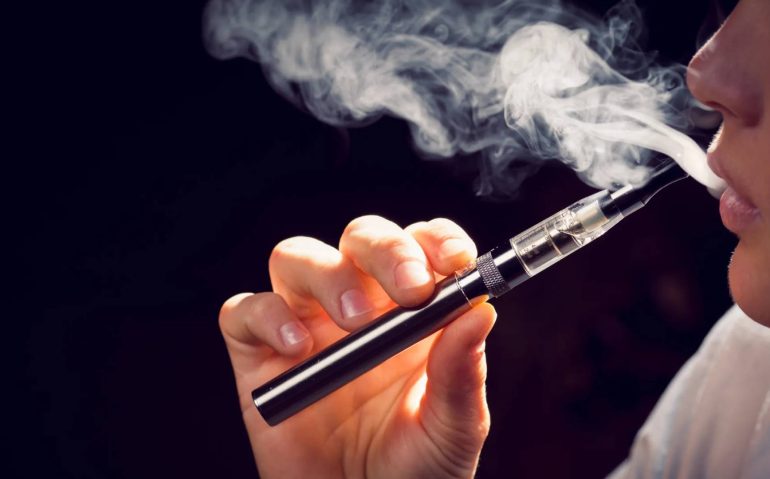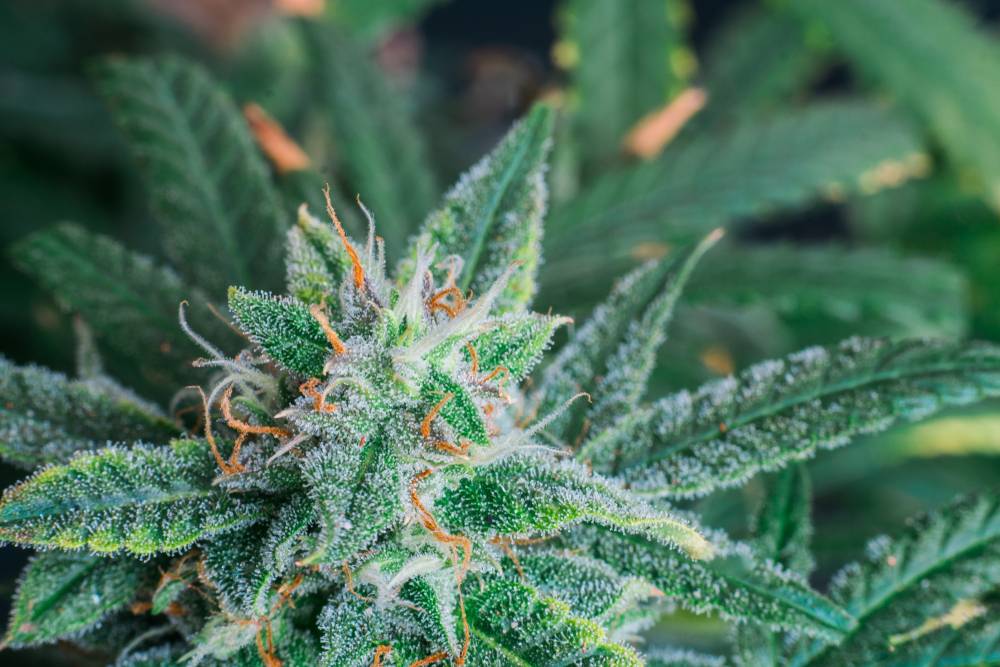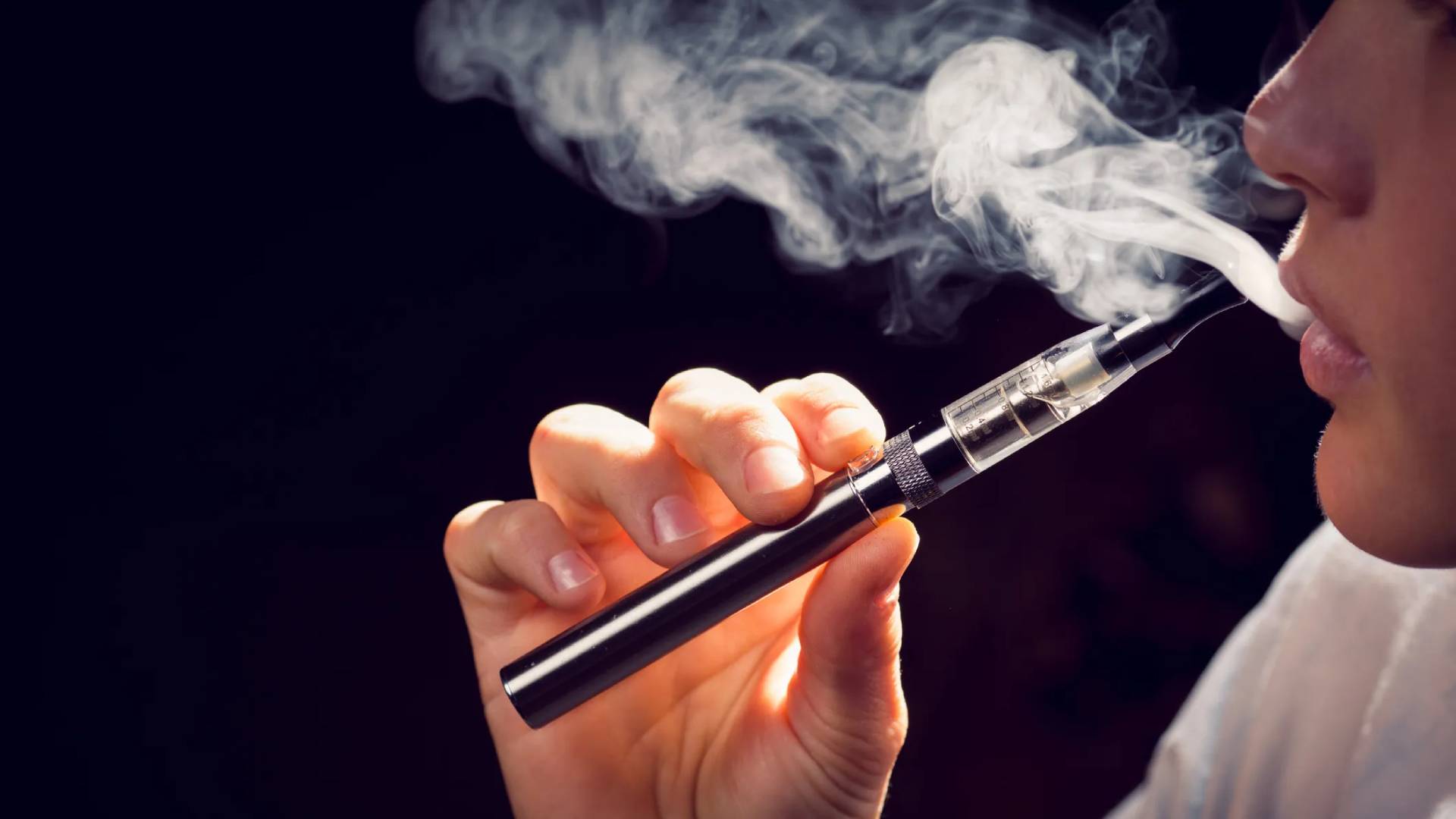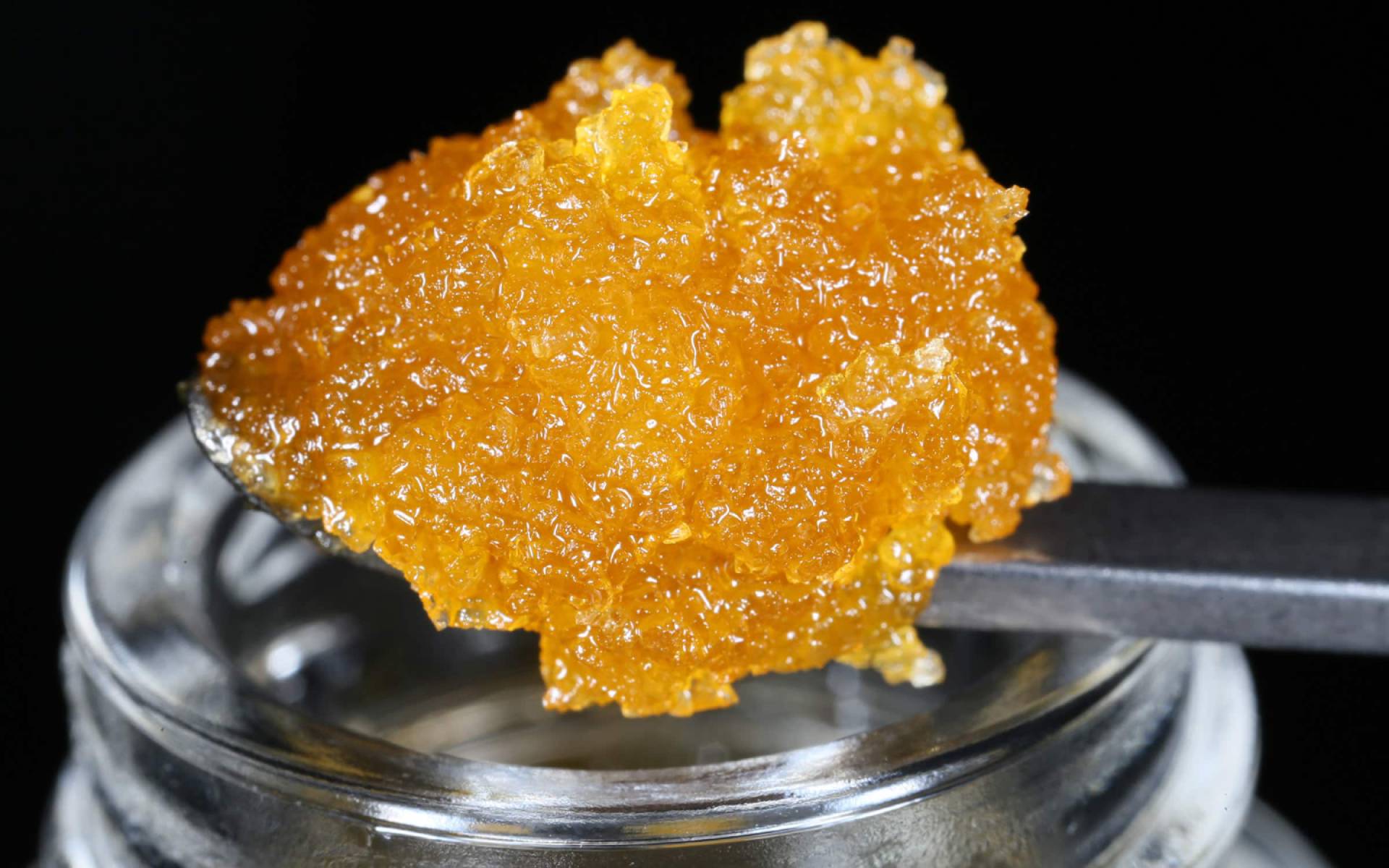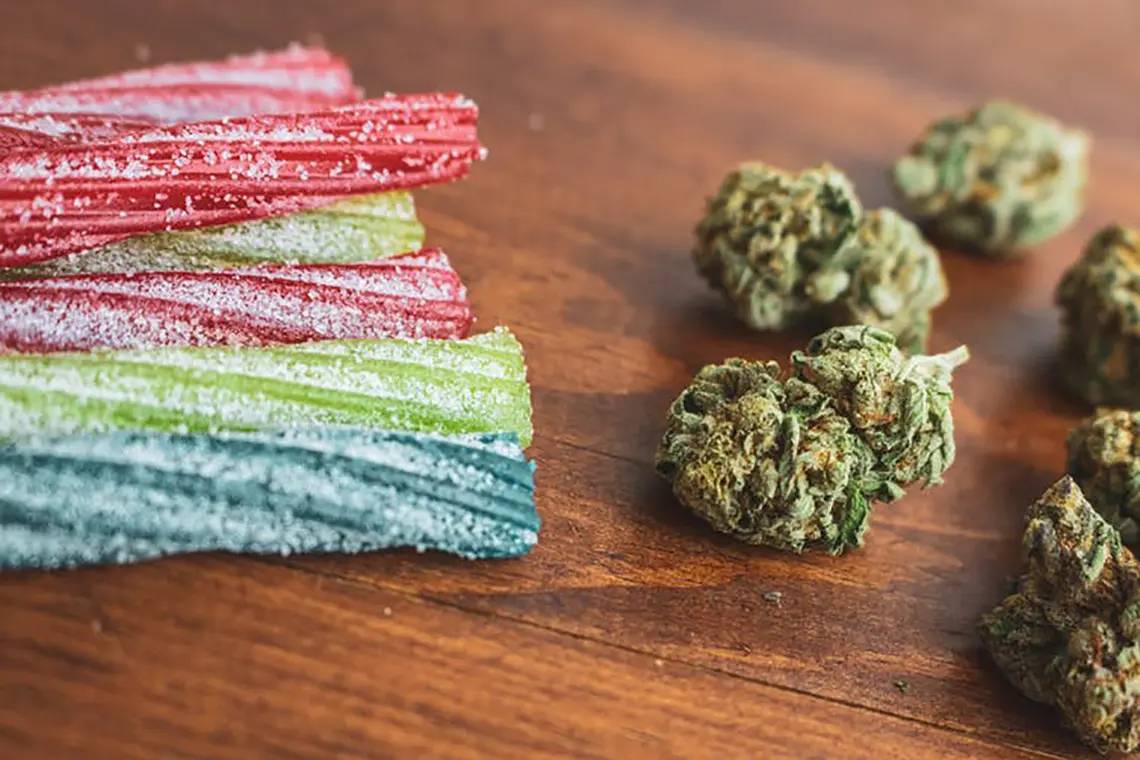The Definitive Guide to Vaping THCa: Benefits, Risks, and Legal Considerations
Vaping THCa, the acidic precursor to THC, is gaining traction as a potentially potent and beneficial cannabinoid. As the therapeutic benefits of cannabis continue to be explored, understanding the nuances of THCa and its activation through the decarboxylation process is crucial for users seeking its effects.
With the increasing popularity of vaping as a method for consuming cannabis, the interest in vaping THCa has grown significantly. Users are drawn to the prospect of experiencing the reported therapeutic properties of THCa in a fast-acting and convenient manner.
In this post, we will delve into the concept of vaping THCa, shedding light on its implications and the crucial role of decarboxylation in unlocking its potential. By the end, you will have a comprehensive understanding of the process and its implications for users seeking to harness the benefits of THCa through vaping.
Understanding THCa
THCa, or tetrahydrocannabinolic acid, is a non-intoxicating cannabinoid found in raw cannabis plants. When the cannabis plant is alive, it produces THCa. Only when the plant material is dried, cured, or heated does THCa convert to THC, the intoxicating compound associated with cannabis.
Chemical Structure of THCa
THCa is characterized by a complex chemical structure. It is a precursor to THC and has a carboxylic acid group (COOH) attached to its molecular chain. This structural configuration is what sets THCa apart from THC, emphasizing its non-intoxicating nature.
Non-Intoxicating Properties of THCa
Unlike THC, THCa does not produce a psychoactive “high” when consumed in its raw form. This means that individuals can benefit from the potential therapeutic properties of cannabis without experiencing the intoxicating effects commonly associated with THC consumption.
The non-intoxicating nature of THCa opens up avenues for utilizing cannabis and its derivatives to alleviate various conditions without the risk of intoxication, making it an appealing option for individuals seeking medicinal relief without the psychoactive impact.
Understanding the chemical structure and non-intoxicating properties of THCa helps set the stage for exploring its potential benefits in various applications.
Decarboxylation Process
The decarboxylation process is a crucial step in making THCa psychoactive. When THCa is heated, it undergoes decarboxylation, a chemical process in which it loses a carboxyl group, becoming THC. This transformation occurs through the application of heat, such as when vaping the substance.
THCa Decarboxylation
THCa, the non-psychoactive precursor to THC, decarboxylates when heated. This means that the THCa molecule loses a carboxyl group (CO2) and becomes THC, which is psychoactive. In the context of vaping THCa, the process of heating the substance activates its psychoactive properties, providing the desired effects to the user.
Conversion to Psychoactive THC
The conversion of THCa to psychoactive THC through decarboxylation is essential for experiencing the psychoactive effects of cannabis. When THCa is heated, the carboxyl group is removed, and it becomes capable of interacting with the body’s endocannabinoid system, leading to the sought-after psychoactive effects.
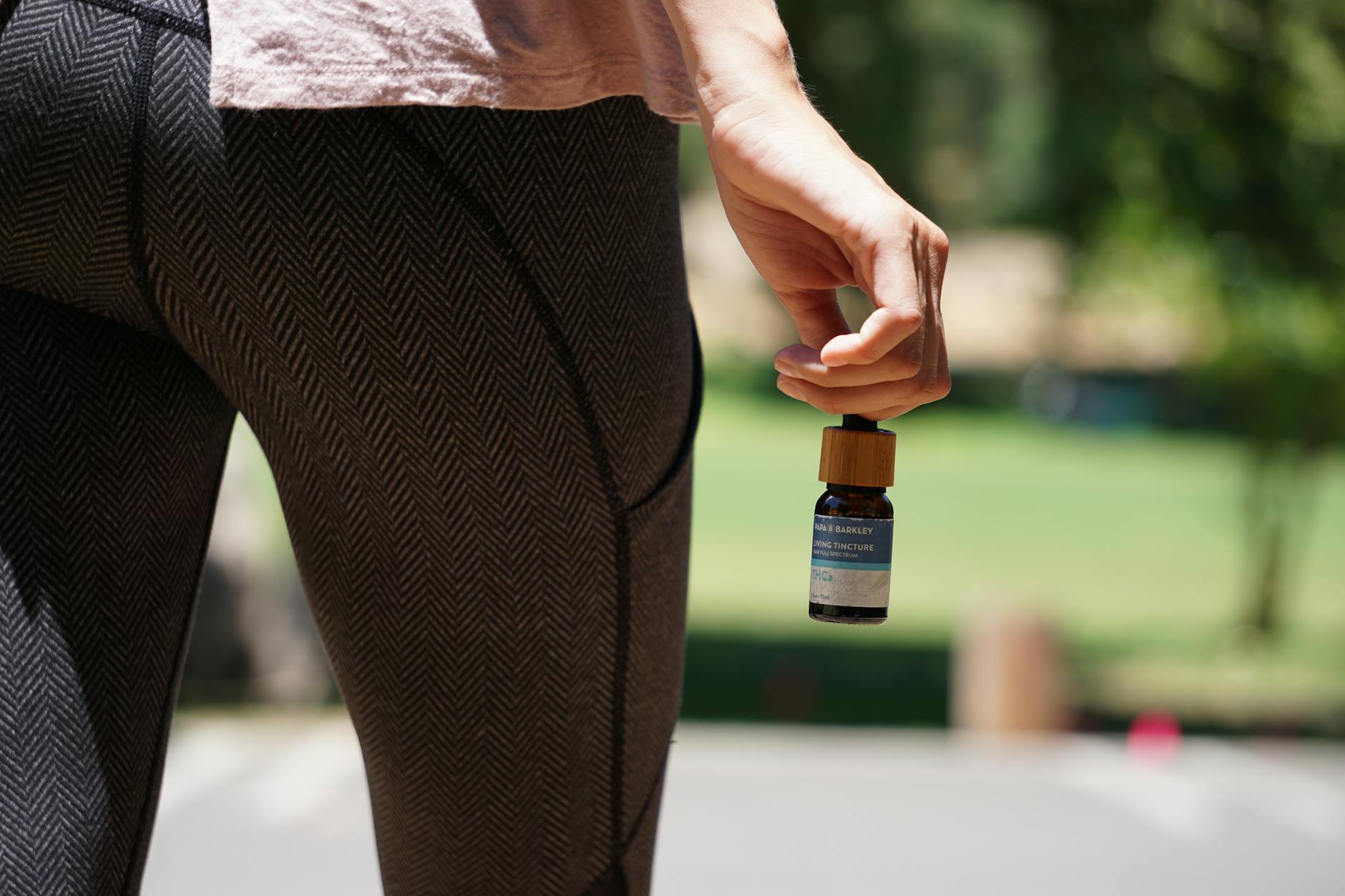
Vaping THCa
Vaping THCa involves using specialized equipment to consume the cannabinoid in its raw, acidic form. The process requires specific vaping equipment, considerations for dosage, and awareness of potential effects.
Vaping Equipment
Vaping THCa necessitates a vape pen or vaporizer designed for concentrates. These devices enable controlled heating of the THCa extract, allowing it to reach the optimal temperature for vaporization without combustion. The equipment’s functionality is crucial in ensuring the purest consumption experience without the production of harmful byproducts associated with combustion.

Dosage Considerations
When vaping THCa, dosage considerations are of paramount importance. Due to the psychoactive nature of decarboxylated THCa, it is imperative to start with the lowest effective dose and gradually increase as needed. Consulting a healthcare professional or a knowledgeable budtender can provide valuable insights into determining an appropriate dosage that aligns with individual tolerance levels and desired effects.
Potential Effects of Vaping THCa
Vaping THCa may induce a range of potential effects, including but not limited to euphoria, heightened sensory perception, and relaxation. However, individual responses can vary, and some individuals may experience adverse reactions, such as anxiety or paranoia, especially when consuming higher doses. Understanding these potential effects is essential for making informed decisions when using THCa through vaping methods.
Health Implications
Vaping THCa can have various health implications, including potential benefits and associated risks. Understanding the potential health impacts is crucial for individuals considering the use of THCa for vaping.
Potential Health Benefits
Vaping THCa may offer potential health benefits such as pain relief, anti-inflammatory effects, and muscle relaxation. Studies suggest that THCa can potentially alleviate symptoms related to conditions like arthritis, chronic pain, and muscle spasms. Additionally, some individuals report improved mood and reduced anxiety after vaping THCa.

Risks and Safety Considerations
However, it’s important to consider the risks and safety considerations associated with vaping THCa. The psychoactive effects of decarboxylated THCa can potentially lead to cognitive impairment and altered perception. Moreover, the long-term impacts of vaping THCa on respiratory health and overall well-being require thorough investigation.
It is crucial for individuals to weigh potential benefits against known risks and consult healthcare professionals before incorporating THCa vaping into their wellness routines.
Stay tuned for more insightful sections on Vaping THCa.
Legal and Regulatory Considerations
Navigating the legal and regulatory landscape surrounding the use of THCa products is crucial for both consumers and businesses. Understanding the current legal status, regulatory challenges, and potential future legislative developments is essential for informed decision-making.
Current Legal Status
THCa, a non-intoxicating cannabinoid in its raw form, exists in a legal gray area in many regions. While some jurisdictions have legalized the use of medical marijuana and its derivatives, the legal status of THCa specifically may vary. It’s important for individuals and businesses to stay current with local laws and regulations to ensure compliance and mitigate potential risks associated with its use.
Regulatory Challenges
The regulatory framework for THCa products presents significant challenges due to the rapid evolution of the cannabis industry. As THCa decarboxylates when heated, becoming psychoactive, it adds a layer of complexity from a regulatory perspective. Government agencies are tasked with establishing frameworks that ensure consumer safety and product quality while considering the unique properties of THCa. This has led to ongoing discussions and debates on how to effectively regulate THCa and similar products.
Future Legislative Developments
Anticipating future legislative developments is essential for businesses operating in the THCa industry. As the understanding of cannabinoids continues to advance, legislative changes are likely to occur. This could include amendments to existing laws, the introduction of specific regulations governing the production and distribution of THCa products, and efforts to standardize labeling and dosing requirements. Staying informed about potential legislative changes can position businesses to adapt proactively and maintain compliance within a dynamic regulatory environment.

Conclusion
In conclusion, vaping THCa offers a potent and potentially beneficial alternative for individuals seeking the therapeutic effects of cannabinoids without the psychoactive properties of THC. As we’ve discussed, the process of vaping THCa involves heating the compound to a specific temperature, allowing for the release of its therapeutic potential. However, it is crucial for consumers to prioritize informed and responsible consumption, understanding the potential effects and implications of vaping THCa on their health and well-being. Moving forward, continued research and education on the topic will be essential in shaping the future of THCa vaping, ensuring that individuals can make well-informed decisions regarding its use for their specific needs.

